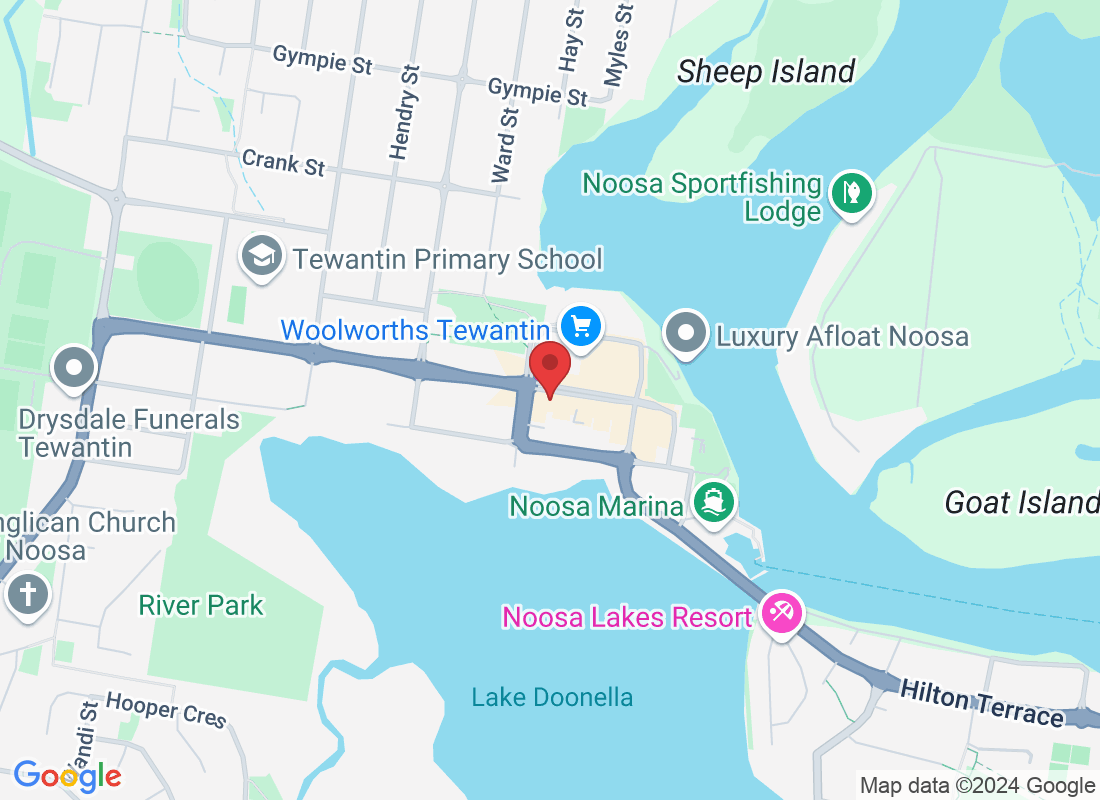
Do I Have a Slipped Disc—or Just a Tired Back?
Back pain can be confusing. One minute you're feeling fine, the next you’re wondering if you’ve done something serious. A question we hear all the time in the clinic is:
“Is this just a tired back… or do I have a slipped disc?”
Let’s walk through what each one feels like, what might be going on in your body, and when it’s time to get it checked out.
So, What Exactly Is a Slipped Disc?
First off, don’t be alarmed by the name—nothing in your back is literally slipping out of place.
Between each of the bones (called vertebrae) in your spine, there are soft, cushion-like discs. These discs help absorb pressure and keep your spine moving smoothly. Sometimes, due to strain, age, or lifting something the wrong way, part of a disc can bulge out a little. This is what people usually mean when they say they have a “slipped” disc, though the more accurate term is a herniated or bulging disc.
In some cases, the bulging part can press on a nearby nerve. That’s when things can get a bit more uncomfortable—especially if the pain spreads down your leg.
What Does a Slipped Disc Feel Like?
The signs of a slipped disc can vary, but the most common symptoms include:
Sharp or shooting pain in your lower back
Pain that runs down one leg (often into the calf or foot)
Tingling, numbness, or a “pins and needles” feeling in the leg
Weakness in your leg or foot
Pain that gets worse when you bend forward, cough, or sit for too long
If you’re noticing any of these, especially the pain down the leg or numbness, it’s a good idea to get it looked at.
What About a Tired Back?
Now let’s talk about what we like to call a “tired back.” This is usually muscle-related and far more common. It can happen after a long day sitting at a desk, lifting things, or even just doing more than your body is used to—like gardening or DIY around the house.
With a tired back, you might feel:
A dull ache or tightness across your lower back
Muscle stiffness that eases when you move or stretch
No pain or tingling in your legs—just in the back itself
A general sense of fatigue or heaviness in your lower back area
The good news? This kind of pain usually settles down with rest, gentle movement, and a few good stretches. It’s your body’s way of saying it needs a little extra care.
How Do You Tell the Difference?
It can be tricky to know what's what, especially if the pain is new. But here are a few key things to think about:
If your pain stays in your lower back, eases with movement, and doesn't involve leg symptoms—it’s probably more of a tired or overworked back.
If your pain shoots down your leg, feels sharp, and comes with tingling, numbness, or weakness—it may be a disc issue.
The best way to know for sure? Come and have a chat with a physio. We’ll ask questions, look at how you move, and gently test what's going on to figure out the real cause of your pain.
How Can a Physio Help?
Whether your back is just tired or something more is going on, physio can make a big difference. Here’s how:
We’ll help ease your pain with hands-on treatment and movement-based care
We’ll teach you gentle exercises to support and protect your spine
We’ll guide you through safe ways to get stronger and move better
And we’ll give you the confidence to get back to the things you love
Most back pain can be treated without needing scans or surgery—especially when it’s caught early and managed the right way.
When Should You Reach Out?
If your back pain isn’t going away after a few days, or if you’re noticing leg pain, numbness, or weakness, don’t wait and worry. Getting support early can help you heal faster and avoid future flare-ups.
And remember—you don’t have to be in agony to ask for help. Even mild, nagging pain is worth looking into if it’s stopping you from feeling your best.
Not sure what’s going on with your back? Come see us. We’ll help you figure it out and work with you on a plan to get you moving comfortably again.
Your back’s been through a lot—let’s give it the care it deserves.



